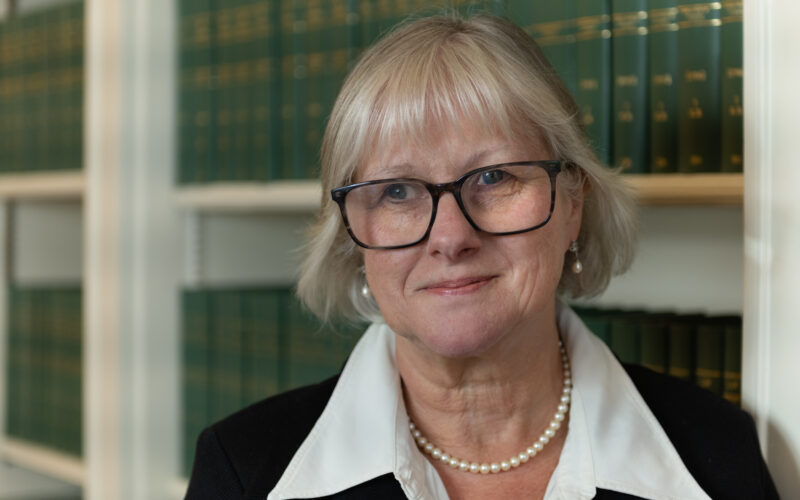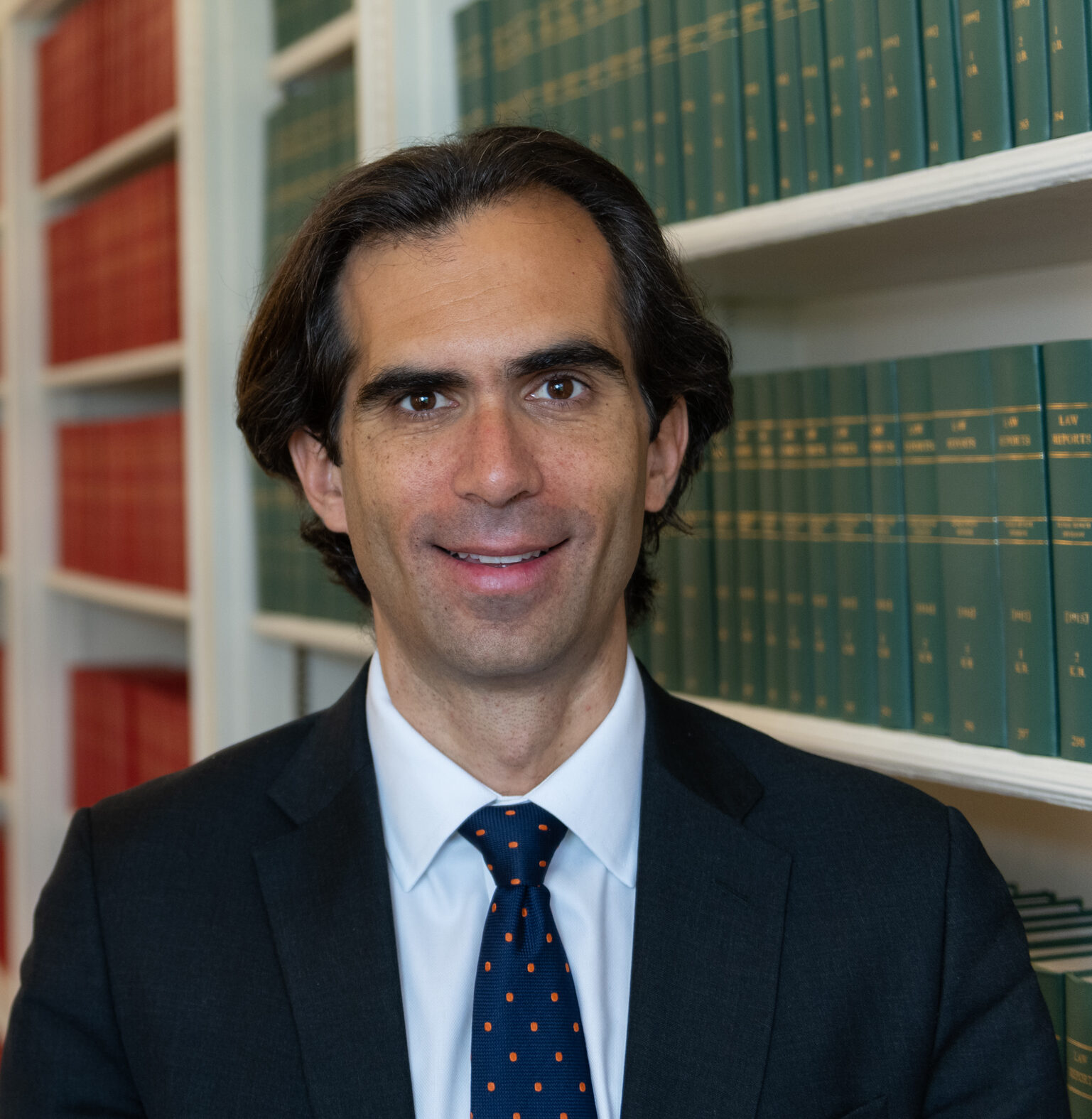Cases of interest – March
Each month we will be noting recent decisions in our areas of practice. This month we note two decisions of the High Court, one relating to mutual wills, the other to testamentary capacity and proprietary estoppel.
A mutual will is one which cannot be unilaterally changed and may even restrict someone’s freedom to deal with certain assets during their lifetime. Mirror wills are wills in substantively identical terms, often made by partners. The fact that two wills are mirror wills does not make them mutual wills. Mutual wills can but need not be mirror wills.
The case of Legg v Burton involved a husband and wife who had made mirror wills in 2000. The question for the court was whether they were mutual wills. Following the husband’s death in 2001, the wife made 13 new wills.
HHJ Matthews, sitting as a High Court Judge, examined the requirements of a mutual will. First, the testators must have made a “legally binding agreement” that they would both make their wills in a particular form and that they would not revoke them or change them without notice to the other. Second, the testators must have made such wills. Third they must not have revoked the wills before the first testator died.
HHJ Matthews explored the concept of a “legally binding agreement”. Traditionally this has been thought to mean a valid and enforceable contract. As a result, if a mutual will includes a gift of land, it must comply with s. 2 of the Law of Property (Miscellaneous Provisions) Act 1989 (‘LPMPA 1989’), i.e. be in writing signed by all the parties. Therefore, if the testators made their wills agreement orally, and their estate included land, it seemed that the wills could not be mutual wills.
In Olins v Walter [2007] EWHC 3060 (Ch), the court held that s. 2 LPMPA 1989 only applied where the will made a specific gift of land, but not if the land fell into residue. In Legg v Burtos, HHJ Matthews criticised this distinction as “arbitrary”. The manner in which a will is drafted should not affect whether the will is a mutual will. Instead HHJ Matthews suggested that an oral promise of land could amount to a “legally binding agreement” if there was a proprietary estoppel. However, these remarks were made obiter and therefore this aspect of the doctrine of mutual wills remains uncertain.
HHJ Matthews also considered whether the survivor was free to dispose of all her assets during her lifetime, even if that effectively undermined the mutual wills agreement. HHJ Matthews held that this depends on the terms of the precise agreement, with the general position being that the survivor is free to dispose of his or her property during his or her lifetime. Otherwise the doctrine would be unduly restrictive. If, contrary to the agreement between the testators, the survivor gave away her property, a constructive trust may be imposed on the purported gift. However, that issue did not arise in Legg v Burton as the surviving spouse had disposed of few assets. The main asset in her estate was a house which she had owned with her husband.
Finally HHJ Matthews analysed the standard of proof for mutual wills. Whilst the standard of proof is the usual civil standard, i.e. the balance of probabilities, he noted there was a heavy burden of proof in mutual will cases, quoting Lord Hoffman in Re In re B (Children) (Care Proceedings: Standard of Proof) (CAFCASS intervening) [2009] AC 11 , paras 5–15:
“some things are inherently more likely than others. It would need more cogent evidence to satisfy one that the creature seen walking in Regent’s Park was more likely than not to have been a lioness than to be satisfied to the same standard of probability that it was an Alsatian.”
HHJ Matthews found that the husband and wife had made a legally binding agreement not to revoke their wills, and only after the death of her husband had the wife subsequently changed her will. Therefore the doctrine of mutual wills was engaged.
James v James is another decision by HHJ Matthews, sitting as a High Court Judge. This involved a will challenge on the grounds of testamentary capacity and proprietary estoppel.
The deceased was a farmer. He had three children: one son, who was the claimant, and two daughters, who were defendants. The deceased’s ex-wife was also a defendant. In his will, the deceased gave his land (and his residuary estate) to the three defendants.
HHJ Matthews noted that the law on propriety estoppel was not substantially disputed. He cited Lord Walker in Thorner v Major [2009] 1 WLR 776:
“There is no definition of proprietary estoppel that is both comprehensive and uncontroversial (and many attempts at one have been neither).” Nevertheless most scholars agree that the doctrine is based on three main elements, although they express them in slightly different terms: a representation or assurance made to the claimant; reliance on it by the claimant; and detriment to the claimant in consequence of his (reasonable) reliance”.
HHJ Matthews found there was no evidence which amounted to a promise or assurance that the deceased would leave any particular property to his son, let alone the whole of it. HHJ Matthews distinguished between a present intention to leave property to another person, and a promise to do so. He considered that deceased had merely expressed an intention to leave some property to the claimant, which was insufficient to make out a proprietary estoppel claim.
HHJ Matthews also held that the claimant was paid as much as every other farmworker (sometimes more) and also that his father brought him cars, which were recorded in the accounts as very large bonuses. Therefore the claimant had not suffered detriment. Further, even if there had there been assurances to rely on, HHJ Matthews found that the claimant would not have acted differently, and therefore the reliance element of proprietary estoppel was not established. Thus the proprietary estoppel claim failed.
As for testamentary capacity, a question arose whether the traditional Banks v Goodfellow (1870) LR 5 QB 549 test had been displaced by the Mental Capacity Act 2005 (‘MCA 2005’). HHJ Matthews reviewed the authorities in this area. He noted that the “general rule of precedent, as applied in the High Court, is that that court is not strictly bound by decisions of co-ordinate jurisdiction, but will follow them as a matter of comity unless convinced they are wrong”.
In fact HHJ Matthews agreed with the decision in Walker v Badminton [2014] EWHC 71 (Ch) in which Nicholas Strauss QC, sitting as a deputy judge, held that the Banks v Goodfellow test had survived the MCA 2005 and was the sole test of capacity for determining testamentary capacity in retrospect. This was a decision of co-ordinate jurisdiction.
HHJ Matthews cited the reasoning from Walker v Badminton, and added his own observations as follows:
• The title of the MCA 2005 does not refer to the question of judging capacity to make wills once they have been made.
• The MCA 2005 is concerned with living people and decision-making on their behalf when they lack capacity. That is quite different from the Banks v Goodfellow test, which is concerned with the test for judging capacity retrospectively.
• The Banks v Goodfellow test was old law when the case was decided, dating back at least three centuries. It is a principle of statutory interpretation that Parliament is assumed not to overrule well-established principles without clear words.
• It could have used clear words if it intended the MCA 2005 to displace the Banks v Goodfellow test. Instead Parliament created two tests for mental capacity in making wills: one prospective, the other retrospective. This creates some complication, but is a decision the courts must respect.
HHJ Matthews held that the deceased had clearly met the first two limbs of the Banks v Goodfellow test. There was more uncertainty surrounding the third limb, namely
whether the deceased was able to appreciate the claims of his children on his inheritance. But in the end HHJ Matthews concluded that the deceased had shown a “rational and balanced approach” to the disposal of his estate, and concluded that the whole test had been met.
Penelope Reed QC and Edward Hewitt represented the claimant.



